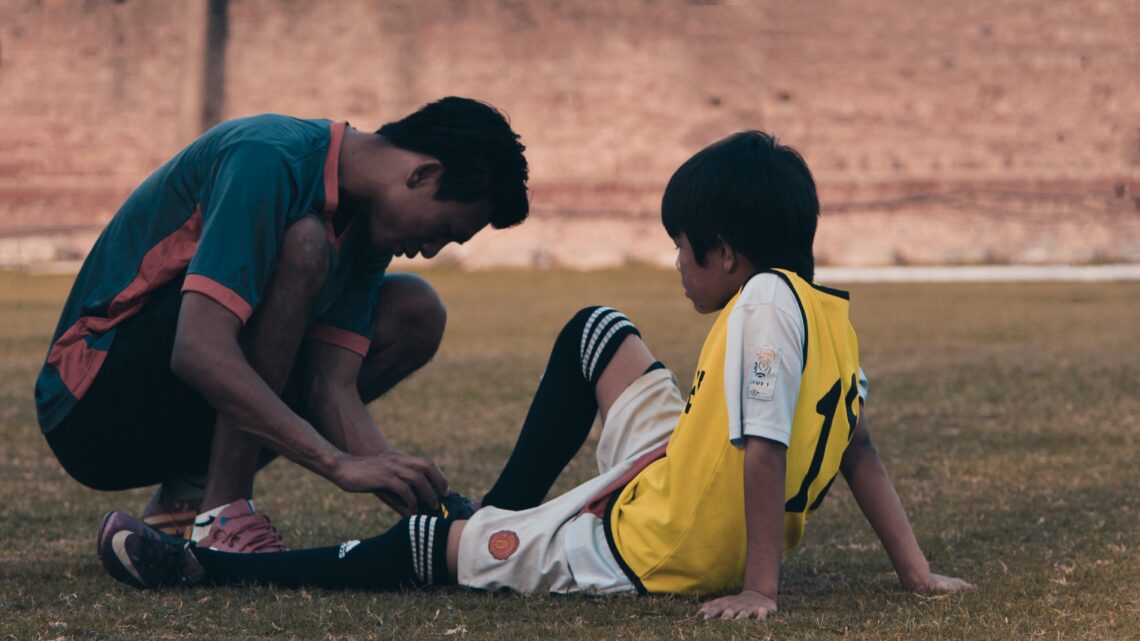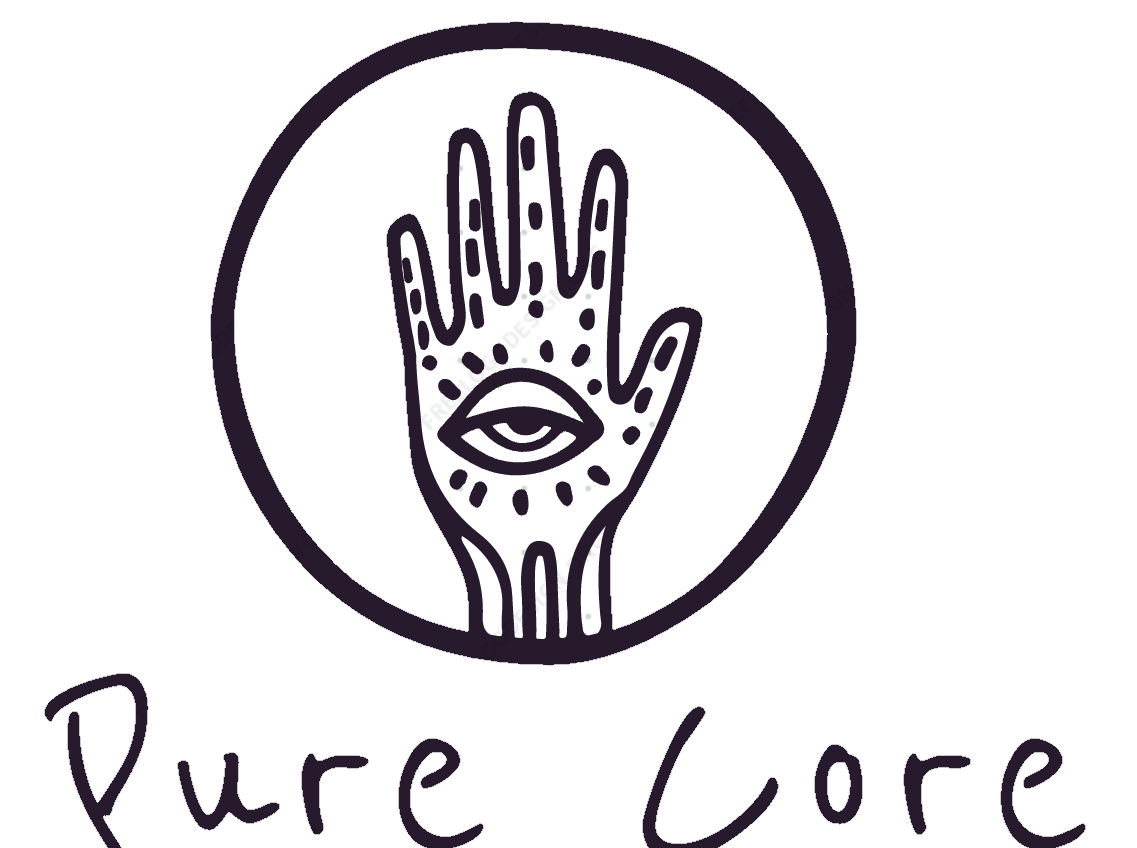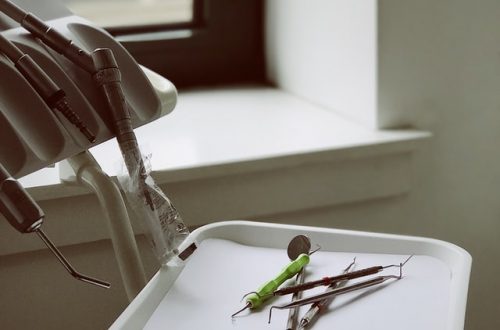
All About Sports Injury Care
Having a comprehensive knowledge of sports injury care is important. Not only can it help you treat your injuries, but it can also help you prevent future injuries. This article will discuss some of the basics of sports injury care. We will cover topics including the onset of an injury, treatments for common sports injuries, and rehab after an amputation.
Preventing Injuries Before They Happen
Many adults and children alike are susceptible to sports injuries. But there are steps you can take to minimize your risk of injury. Firstly, you need to get your body in shape. This can be done by performing a variety of exercises. The right combination of strength training, conditioning, and rest will improve your muscular and cardiovascular performance. Next, you need to pay attention to your nutrition. A well-balanced diet will ensure you have all the nutrients you need to keep your muscles functioning properly. The right amount of rest can also help prevent injury. It is recommended to take a couple of days off weekly to recover.
Identifying And Treating Athletic Injuries At The Onset
When treating athletes, it’s important to identify and treat athletic injuries at the onset. A collision with an object, a fall, or a slip can cause these injuries. Typically, these injuries can be diagnosed by a physician or a sports physician. According to experts from Burlington physio and sports medicine, you can sometimes help prevent these injuries by using the proper equipment. It’s also a good idea to have a physical examination. This will include a dynamic assessment of your muscles and bones and an evaluation of the equipment you use. For a more detailed evaluation, you can consider a CT scan, which provides a more comprehensive view of bones and soft tissues. Radiographs can also provide useful information.
Ice Helps Reduce Swelling And Inflammation.
Using ice on an injury can help reduce inflammation and swelling. Whether you’ve been injured on the field or in a car accident, ice can be helpful. It can also reduce pain. When you’re looking to treat an injury, it’s important to follow your doctor’s advice. The best time to apply ice is after the first 24 hours of an injury. However, it may be necessary to delay it until the body has warmed up. If you have to wait, take plenty of rest between icing sessions. Ice can reduce inflammation and swelling, but it also may be detrimental to healing. It inhibits the normal immune response and can prevent neutrophils and macrophages from infiltrating the affected area.
Compress Helps Reduce Swelling And Inflammation.
When you suffer from a sports injury, a compress can greatly speed your recovery. A good compress can get oxygen to the injured area and improve blood flow. It also helps to decrease swelling. There are many types of compresses to choose from. You can apply a cold pack, a warm compress or even a combination. The best type of compression to use depends on the area of your body. An elastic bandage is one of the most common methods for reducing swelling. This helps to reduce the pain and swelling of an injury. However, you should avoid using a too-tight bandage. Too tight a bandage can restrict blood flow to the affected area, which can cause more swelling and irritation.
Corticosteroid Injections
Corticosteroid injections are used to treat various injuries and conditions and are often used in adults and children. They reduce inflammation, and they are effective at reducing pain. These injections can help to relieve symptoms and allow for a speedy recovery. However, there are some risks associated with using them. The risk of complications is greater with larger doses and with repeated use. For this reason, doctors usually recommend only a few injections within a year. To reduce the risk of side effects, doctors may administer a local anesthetic and steroid medication. The numbing agent wears off after several hours, but this does not mean the injection is ineffective.





